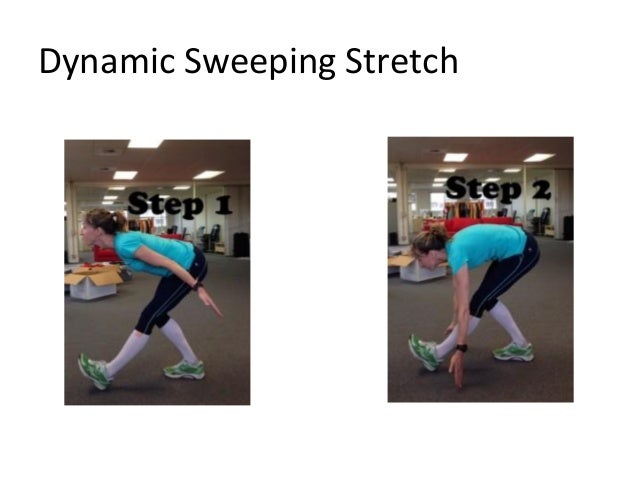
(This is called rupture of the membranes.) It should only be done after your cervix has started to open (dilate) and the baby's head is firmly descended (engaged) in your pelvis. To help start or speed up labour, your doctor may rupture your amniotic sac. Artificial rupture of the membranes to induce labour After the cervix is open a little, this step can easily be done in your doctor's or nurse-midwife's office. This type of chemical helps trigger contractions and labour.

Sweeping of the membranes separates the amniotic membrane from the uterus enough so that the uterus starts to make prostaglandins. Sweeping of the membranes to help induce labour

The catheter is left in place until the cervix has opened enough for the balloon to fall out (about 3 cm). The doctor inserts it into the cervix and inflates the balloon. When the cervix is ripe, labour may start on its own.Ī balloon catheter, such as a Foley catheter, is a narrow tube with a small balloon on the end.
#Stretch and sweep vbac trial#
Maternal and perinatal outcomes associated with a trial of labor after prior cesarean delivery.

Landon MB, Hauth JC, Leveno KJ, Spong CY, Leindecker S, Varner MW, et al. The MFMU Cesarean Registry: factors affecting the success of trial of labor after previous cesarean delivery. Landon MB, Leindecker S, Spong CY, Hauth JC, Bloom S, Varner MW, et al. Risk factors for uterine rupture and neonatal consequences of uterine rupture: a population-based study of successive pregnancies in Sweden. Kaczmarczyk M, Sparen P, Terry P, Cnattingius S. The benefits and risks of inducing labour in patients with prior caesarean delivery: a systematic review. Guidelines for the management of pregnancy at 41+0 to 42+0 weeks.
#Stretch and sweep vbac serial#
Serial membrane sweeping at term in women who planned VBAC has no significant effect on the onset of labor, pregnancy duration, induction of labor, or repeat cesarean delivery.Ĭlinical Practice Obstetrics Committee Maternal Fetal Medicine Committee Delaney M, Roggensack A, Leduc DC, Ballermann C, et al. Gestational age at delivery (mean+/-standard deviation) of 39.6+/-1.0 weeks for the membrane sweeping group compared with 39.6+/-0.9 weeks for the control group (P=.84) was no different. The spontaneous labor rate was 78.5% compared with 72.1% (relative risk 1.1, 95% confidence interval 0.9-1.3 P=.34), the induction of labor rate was 12.1% compared with 9.6% (RR 1.3, 95% CI 0.6-2.8 P=.66), and the all-cause cesarean delivery rate was 40.2% compared with 44.2% (RR 0.9, 95% CI 0.7-1.2 P=.58) for the membrane sweeping and control groups, respectively. One hundred eight women were randomly assigned to membrane sweeping and 105 to control. Secondary outcomes included induction of labor and repeat cesarean delivery. The primary outcome was onset of labor which was defined as the presence of spontaneous regular and painful contractions that cause cervical dilation to at least 3 cm or prelabor rupture of membranes.

Standard obstetric care was given to all participants. Participants and delivery providers were blinded to the allocated treatment. Participants were randomly assigned to weekly membrane sweeping or weekly vaginal assessment for Bishop score until delivery. Women at term with one transverse lower segment cesarean delivery who were suitable for and who planned VBAC were approached to participate. To estimate the effect of serial membrane sweeping on the onset of labor in women who planned vaginal birth after cesarean (VBAC).


 0 kommentar(er)
0 kommentar(er)
